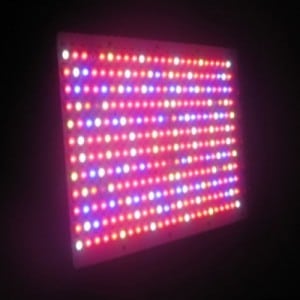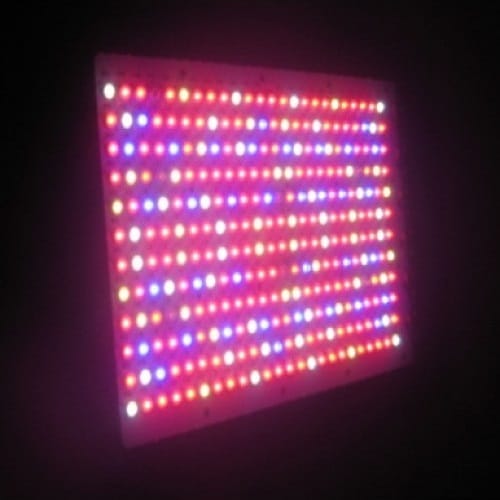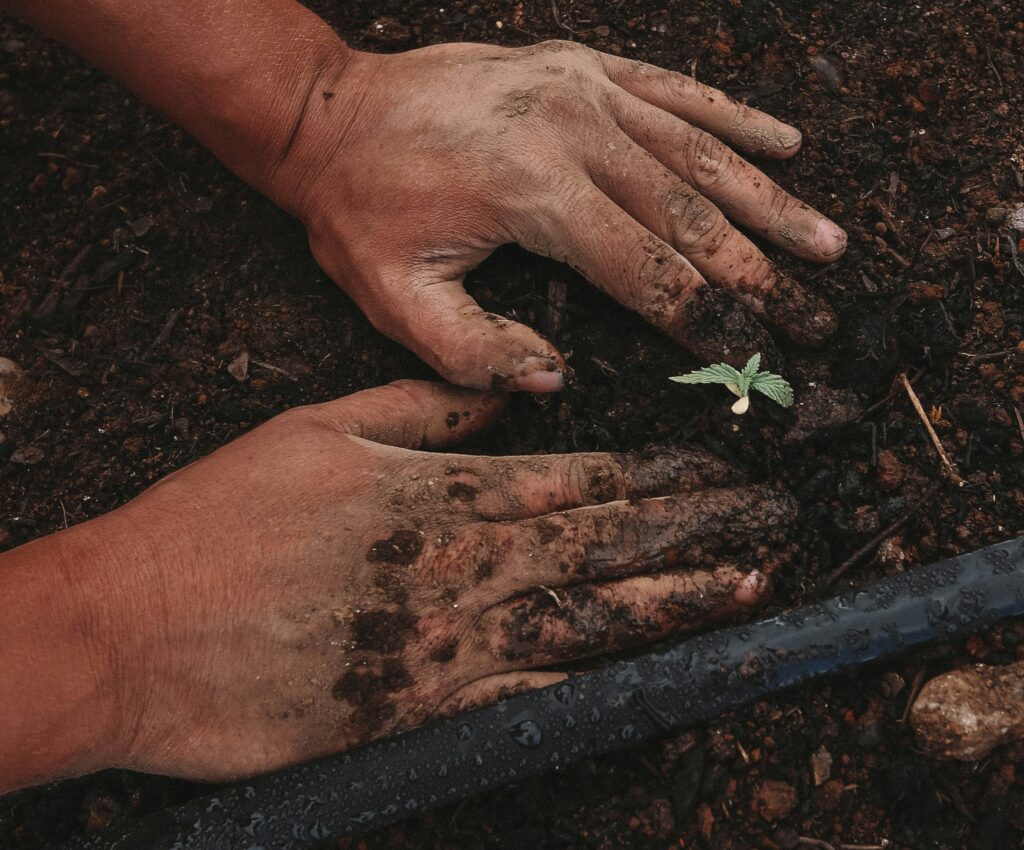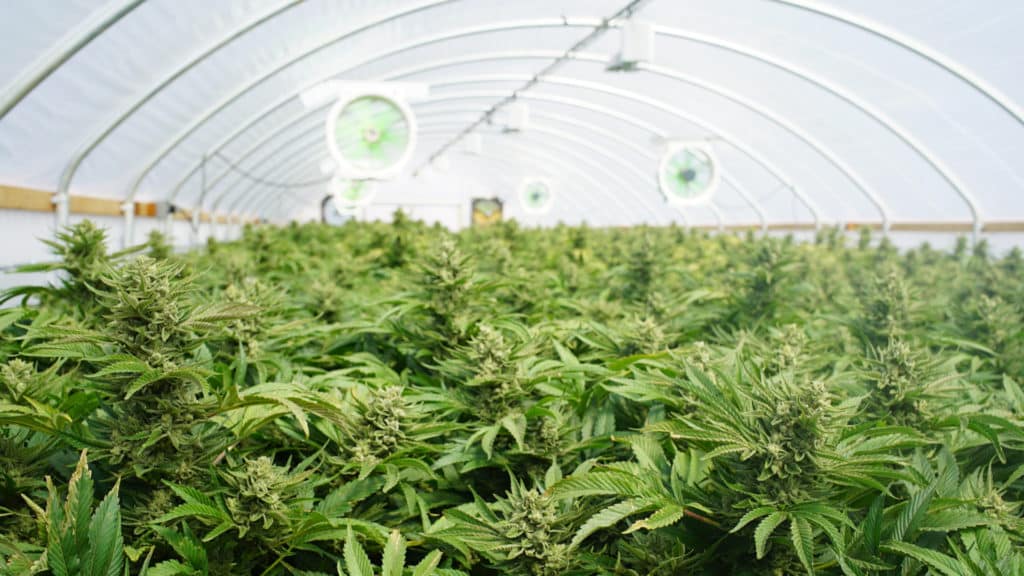 Energy Consumption By Indoor Marijuana Growers Will Be An Issue For The Expanding Marijuana Industry Moving Forward
Energy Consumption By Indoor Marijuana Growers Will Be An Issue For The Expanding Marijuana Industry Moving Forward
LED grow lights are not new. I know people that have used LED grow lights for quite sometime now. I don’t know anyone personally that only uses LED lights for their garden, but I know a lot of people that use them during the veg stage or to add a different spectrum to compliment their other lights. One of the biggest arguments for the use of LED lights is the energy savings. Anyone that has grown cannabis on a medium to large scale has experienced sticker shock when they get their electric bill. Growers are always looking for ways to save money on the power bill.
In the not too distant future I think that LED lights are going to become the norm. Recently in Nevada, state energy regulators expressed concern about how much energy the soon-to-be-launched Nevada medical marijuana industry could potentially use. With recreational marijuana legalization hopefully on the way in Nevada in 2016, I imagine those concerns will continue to grow. Nevada does not allow outdoor cultivation due to security and visibility provisions, which is something a lot of other states are putting in place too. All of those state’s marijuana will require indoor facilities with a lot of artificial lighting.
A lot of people in the industry that I have met have not even considered how future energy rates and policies will affect their facilities. Energy limitations will eventually happen for the industry, whether people like it or not. Colorado’s largest energy supplier had the following to say during last summer, per EENews.Net:
Numbers from Colorado’s largest utility indicate that about one in every 200 watts it sells is being fed to marijuana grow operations. In Washington state, where legal pot farming is being rolled out more slowly, utilities don’t yet have estimates. But unofficial projections are still substantial.
Gabriel Romero, spokesman for Xcel Energy Inc., the major electricity provider in Colorado, wrote in an email, “We are in the process of beginning to track state licensed facilities in the marijuana industry and have roughly estimated that the industry’s total energy use is 150-200 [gigawatt-hours] per year, or about ½ of 1 percent of our total annual electric sales.”
1% of total consumption is a lot, especially considering the fact that the cultivation sector of the industry is growing in Colorado and beyond. Energy consumption will continue to be an issue that worries regulators, and I have to assume at some point they will address the issue with new rules. People that make the successful transition from high pressure sodium and metal halide bulb lights to more energy friendly LED lights will be ahead of the curve. I know a lot of people prefer higher energy consuming bulbs, but the writing is on the wall.
The only thing holding back the LED industry right now is a lack of data. There are a lot of companies scrambling to get into the cannabis space with their LED lights, but they don’t have examples of gardens that are all LED that they can point to and say ‘If you use X amount of our lights, you can expect a range of Y-Z in yield.’ I see that changing soon, as the private industry will fill the void once government rules begin to adapt to the growing energy consumption rate of the cannabis industry.





